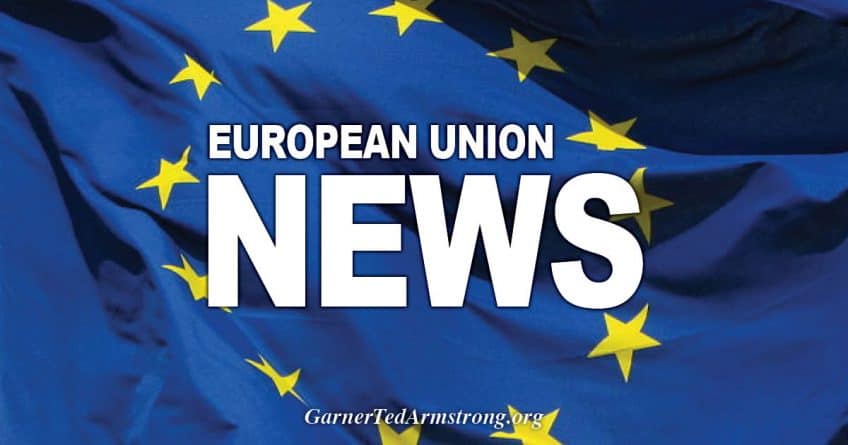
Joe Biden seems set on transforming US administration (Photo by Joe Raedle/Getty Images)
This week, days before Joe Biden had even stepped foot in the White House as US President, he showed a greater commitment to digitally-enabled government than most other world leaders have done for a long time.
Unveiling a $1.9 trillion relief package including billions in IT and cyber funding, the President-elect called on Congress to commit to spending to support recovery from not just one, but two crises.
Recovery from the pandemic will be essential, but Mr. Biden takes up his new role in the aftermath of one of the most extraordinary cyberattacks in history – an attack that raises significant questions about the digital and cyber capabilities of the World’s most powerful government.
Among the commitments to a digitally transformed federal government, secure, shared IT services are an ongoing theme, with $9bn to CISA, the US cybersecurity agency, and the General Services Administration, a core federal department, for their development.
Modernization and innovation are both clear priorities too, with a focus on delivering ‘the most innovative and impactful projects’; a move to cloud computing will be welcomed by many who work in Government, while those in the private sector question how it took so long for such a shift to get going.
At the heart of these proposals will be the people delivering it – and here, too, the plans do not shy away from calling for what will be needed: $200 million to fund rapid-hiring of experts to support the work of the US Digital Service.
With these proposals, the President-elect indicated that his administration will acknowledge the importance of effective digital government and take the requisite steps to build a federal digital capability that could one day be as strong as the world’s leaders in this space – Singapore, Estonia, Denmark, among others.
For those of us on the other side of the Atlantic, however, the question should not be whether these measures will take the US to the front of the pack – or if this is just the US catching up. Instead, we should ask ourselves why similar commitments are not being made by every Government in Europe.
The Commission for Smart Government has this week published a package of proposals for better digital government, outlining the steps that need to be taken in order to restore the UK’s capacity for innovative public service delivery to what it was at the start of the last decade.
In the first few years of the 2010s, the birth of Government Digital Service (GDS) and other such developments marked a period of innovation in this area, which has, in recent years, fizzled out.
It will be no surprise that our recommendations cover similar ground to the President-elect’s proposals, but go slightly further in calling for a wholesale digital reboot of Whitehall; one that breaks down the silos that lead to slow adoption secures the skills and processes to adopt and deploy technologies effectively, and ensures that decision-making is transparent and accountable.
Yet, should these proposals be implemented in their entirety – as we believe they should – the UK would still join Denmark, Estonia, and Finland as outliers in Europe.
A vision for digitally-enabled public services across the continent is needed to make sure that we have sight of where it is we are going on this journey; whether it is to avoid everyday frustrations felt by both the users of and those responsible for public services, or potentially much bigger difficulties that may occur without a coherent vision, implemented well.
Of the many unprecedented crises the US government has experienced in the last 12 months – the pandemic has been an experience shared with the rest of the world; one in which a coherent vision for digital public services would no doubt have been valuable and led to less scattergun or reactionary approaches to public services innovation than we have seen. Issues such as different standards adopted across Europe when it came to testing, or the interoperability of newly introduced technologies in any given countries’ systems might have been avoided.
The President-elect’s proposals show his appreciation for the gravity of these challenges. They recognize that having the outdated legacy systems, institutional reluctance to innovate, and a shortfall in the necessary digital skills is simply not an effective way of working anymore.
These proposals come in response to another experience, too, however; unlike the pandemic, the SolarWinds cyberattack appears to have been limited to systems employed by the US Federal Government. Yet, such attacks often happen as a result of those exact same legacy systems, the reluctance to innovate, and the lack of skills.
On this point, European Governments should sit up and take note: in falling behind the pack when it comes to the delivery of digital public services, they are opening themselves up to crises on multiple fronts. The time to combine action with vision is now – before it’s too late.
Listen: The City View podcast, with City A.M. Editor Andy Silvester
City A.M.’s opinion pages are a place for thought-provoking views and debate. These views are not necessarily shared by City A.M.







